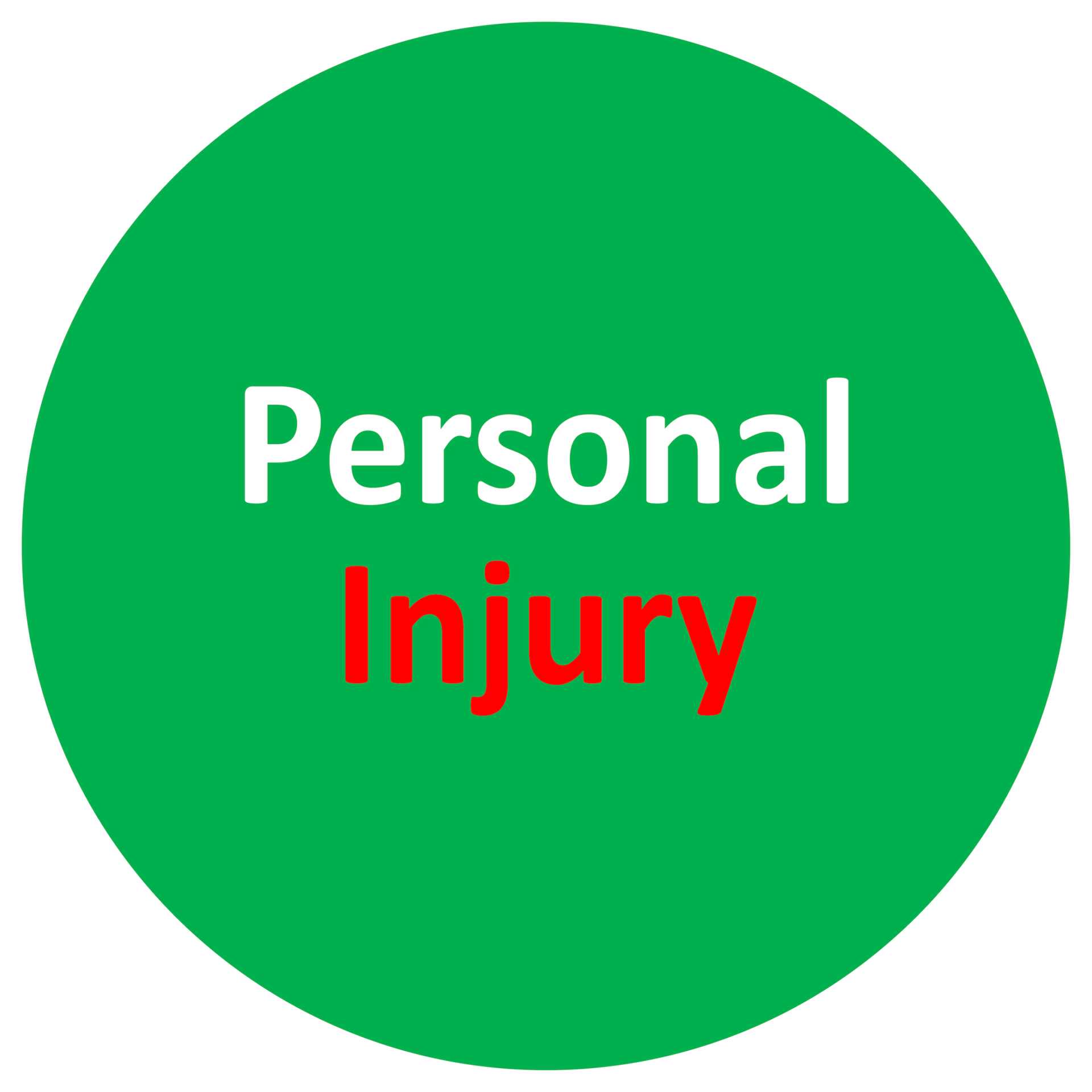What is a personal injury pain journal and how do I make one?
When you are pursuing a personal injury of any kind, whether it’s for a road traffic accident, negligent cosmetic surgery, or anything else, then keeping a personal injury journal, or a pain journal, can significantly help to build your claim.
You might be wondering what exactly pain journals are, how they can help your claim, and what the best way is to go about making and keeping one. Below, our expert medical negligence solicitors have answered all of your questions.
Have you been injured in the last three years?

MG Legal’s expert personal injury solicitors have a success rate in excess of 99%, and settle many thousands of personal injury claims every year. Click below to learn more about our team, and why they are the right solicitors for you.
How to get started with a personal injury journal:
When it comes to getting started with your journal or diary, you have a number of options regarding how you would like to keep it:
Keep it simple with pen and paper in a standard notebook or diary, allocation one page to each day of record.
Download an app or formatting system that will provide the framework for your diary, including possible questions to answer.
Complete the journal digitally yourself, using either Microsoft Excel or the table tool on Microsoft Word, or other similar programmes. When choosing to complete your diary in a digital form, it is important to ensure that your work can be accessed, or converted, in a form that third parties involved in the case will be able to easily read.
What should I include in my pain diary?
While there may be some variation in the contents of your journal depending on the circumstances of your injury, there are a number of standard things that should be included and noted in all pain diaries on a daily basis, or as regularly as possible in accordance with changes and developments to the injury.
These are:
A pain-scale for any injuries- in order to track how your injuries are developing, it is important to assess how the level of pain and discomfort is changing over time, along with specific dates and overviews of the pain itself.
Activity log- Along with noting any pain that you experience, it is helpful to also acknowledge the action or activity that led to the pain, or simply what you were doing when the pain hit.
Medication/action taken- State any medication, such as painkillers, or other action that you had to take as a result of the pain that you felt. Also note in this column what time in the day this pain episode occurred, and whether or not this was before you had taken any daily medication/late at night when it may have worn off.
Implications- As well as how the pain affected you medically, or any accommodations or actions that you had to take as a result, ensure to note down how the pain impacted your daily routine. For example, if it prevented you from completing any tasks, or required you to seek assistance from a friend or relative.
The key is to be as specific about the pain as possible, and fully cover every way in which the pain impacted your daily life. Essentially, the diary is a way to remember all of the small details of your injury, at a level of detail that you would be unable to recall the events at a later date.
Do’s and Dont’s of the personal injury pain journal:
When creating and keeping your diary, DO:
Be consistent with it- it can help to set aside a time every evening to note down everything from that day
Always be 100% honest
Remember to date and sign each new entry
Write clearly if handwriting, and use a spellchecker if typing
Use descriptive words to convey your pain- e.g ‘constant’, ‘sharp’, ‘dull’, ‘severe’, ‘moderate’, ‘throbbing’
Keep it consistent- ensure that your tone and style is consistent throughout the journal
Pain diary DONT’S:
Never exaggerate, distort, or lie about your injury in any way
Don’t become lazy and repeat entry descriptions/use phrases such as ‘same as day before’. Always be as specific as possible regarding your pain
Try to keep in mind that your pain diary is just that, a record of your pain. It is not a personal diary or journal to share your day or general feelings
How can MG Legal help me with my pain journal or personal injury diary?
Here at MG Legal, we are always at hand to assist our clients in any way we can regarding their personal injury or medical negligence claim. If you come to us to pursue your claim, you will have one designated solicitor working on your file, who will be contactable at any time, and will get back to you within one working hour if they are otherwise occupied.
Our expert solicitors have over thirty years experience in the personal injury field, and have helped to craft thousands of pain diaries, and won compensation for thousands of clients. They are so experienced at what they do, that they have accumulated a success rate in excess of 99%, and operate on a No Win No Fee basis.
This means that if we take on your claim, we do not get paid for our work unless we successfully settle your claim and win suitable financial compensation on your behalf. Our friendly solicitors go above and beyond to ensure that this is the case, and you can see a collection of our recent reviews, here. Get in touch today, here, and hear back from us within the hour.



